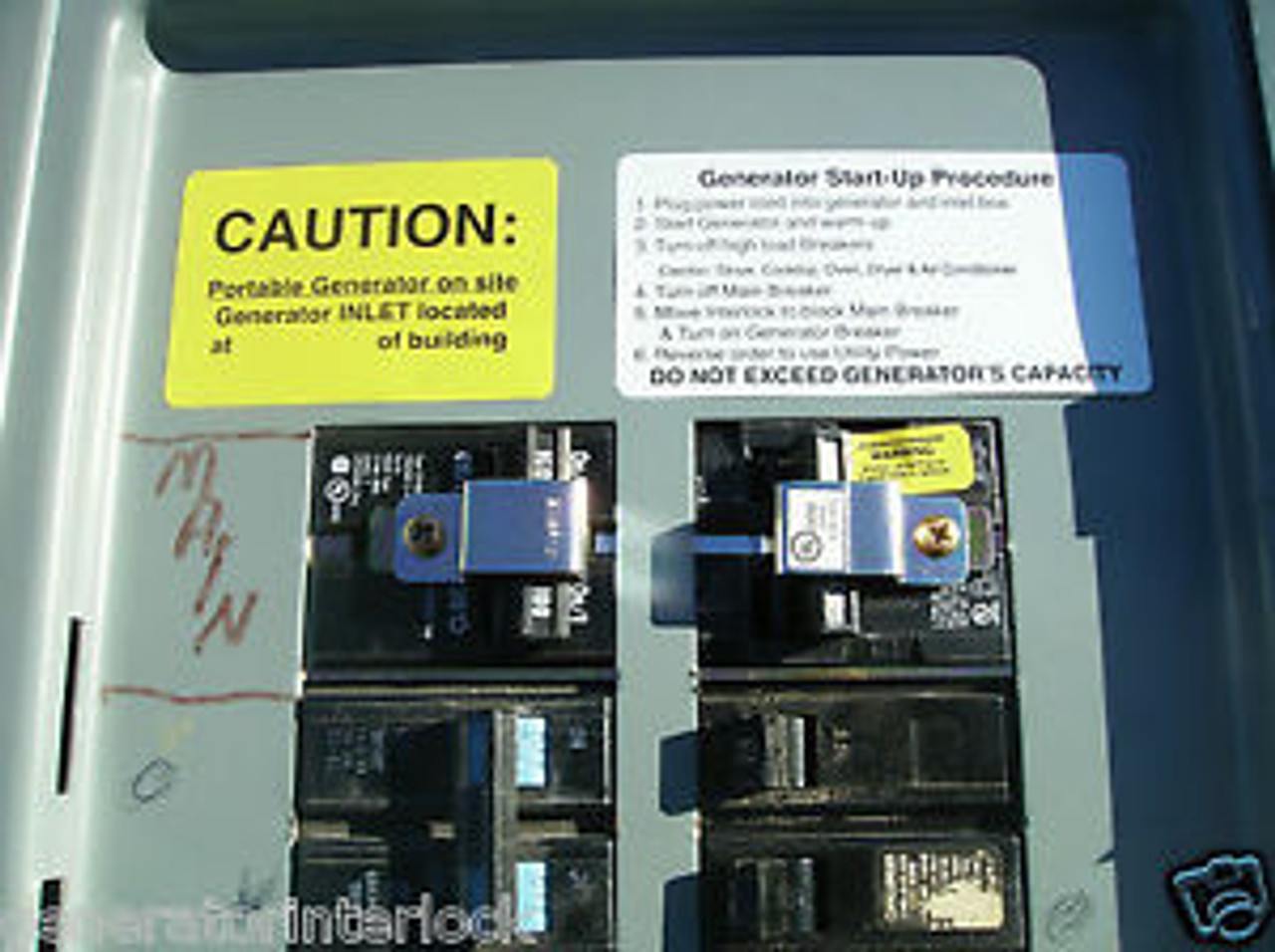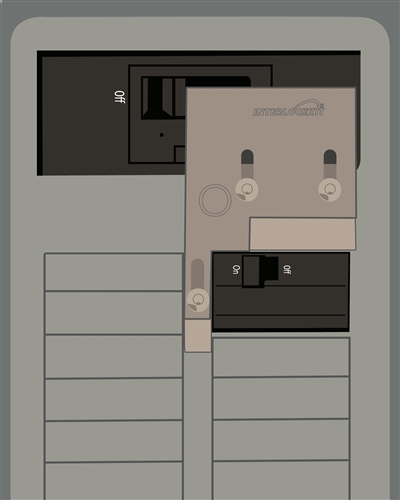


It probably goes without saying that a homemade interlock isn’t going to be up to code, but even if you don’t have any inspectors sniffing around your electrical panel, it’s a sensible precaution to have something like this installed. The important thing is that its stiff enough that somebody can’t just bend it out of the way if they’re fumbling around with it in the dark. cuts his by hand out of a piece of thin aluminum, but you could certainly 3D print it or even CNC it out of a thicker piece of metal. Once you have the shape, you could really make the plate however you want. There are a lot of variables involved, not least of which the size and placement of the breakers, so taking the time to get the template right is critical. In the video after the break, demonstrates the ideal shape for his particular application, which should help you get your mind wrapped around the idea.

Spending some quality time at the breaker box with tape and a few pieces of cardboard is going to be the easiest way of finding the proper shape. It needs to be carefully shaped so its resting position prevents the generator’s breaker from being switched on under normal circumstances, but once the main is turned off and out of the way, you should be able to lift it up and have the clearance to flip the lower breaker. The hardest part of this project is designing the template. There are commercial interlock plates which physically prevent the generator and main breakers from being switched on at the same time, but since they tend to be expensive, decided to make one himself. Otherwise, when the power comes back on, you (or the linemen) are going to have a bad time. If you connect a generator to your home’s main electrical panel when the power goes out, you need to make sure the main breaker is shut off.


 0 kommentar(er)
0 kommentar(er)
